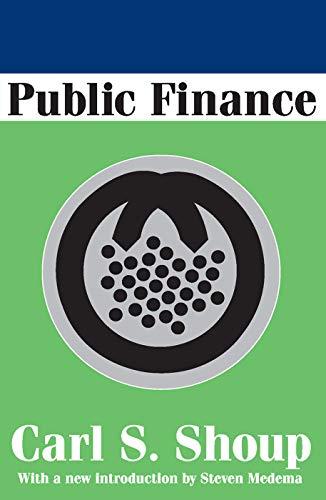Question
Capital Budgeting (2) If the EAR is 11.7% and is compounded daily, what is the APR? If I am quoted a savings rate of 3.35%
Capital Budgeting (2)
If the EAR is 11.7% and is compounded daily, what is the APR?
If I am quoted a savings rate of 3.35% EAR, how much will I be able to save in 10 years if I make quarterly payments into my account of $300? What if the quote was 3.5% APR compounded quarterly instead?
Suppose you have a $1000 investment that will return $2700 in 5 years. There is a similar investment of equivalent risk that will return $2550 in 5 years. You also have another $1000 investment that is risk free that will return $1085 in 5 years. The yield on a 5 year treasury is 1.27%. What is the opportunity cost of capital for each investment? If I were to finance the investment, what borrowing rate would each break-even? Are both of the investments better than those of similar risk?
Assume you are evaluating two bonds that were issued 2 years ago at par ($1000). Bond A is a 30 year bond with a 6% coupon, paid semi-annually. Bond B is a 15 year bond with a 6% coupon rate, paid semiannually. Interest rates have since risen to 8%. Calculate the current prices for each of the bonds. Which one would have been the better bond to have bought two years ago, assuming you had to pick one?
Note the following yields: 10 year treasury 2.37%, 10 year AAA rated bond credit spread 0.90% (90 basis points), BBB rated bond credit spread 1.20% (120 basis points). What is the price of a 10 year bond, $1000 par value, with a coupon rate of 6% that pays interest semi-annually and has risk similar to a BBB rated corporate bond?
Suppose Company X has earnings next year of $1.00 and grows earnings by 40% for 2 years and will grow earnings thereafter by 4%. It pays no dividends until year 4, where it will then initiate a 50% dividend payout rate. If the cost of equity capital is 12%, what is the price of the stock?
Suppose Company Y has a current stock price of $10 and is expected to earn $1.00 next year. The company has no growth and pays out 100% of its earnings as dividends. It is contemplating cutting dividend by 50% and reinvesting in projects with a return on investment of 12%. What would be the price of the stock if they cut the dividend and should they do it? Why is the value higher or lower than the current share price?
You are evaluating two separate contracts. One is a two year contract with an upfront cost of $5000 and payments of $4900 per year. The other is a six year contract with an upfront cost of $9000 and payments of $900 per year. The cost of capital is 10%. Calculate the equivalent annual annuity and make a decision on which is the better contract to accept.
Step by Step Solution
There are 3 Steps involved in it
Step: 1

Get Instant Access to Expert-Tailored Solutions
See step-by-step solutions with expert insights and AI powered tools for academic success
Step: 2

Step: 3

Ace Your Homework with AI
Get the answers you need in no time with our AI-driven, step-by-step assistance
Get Started


